#death cap mushrooms
Explore tagged Tumblr posts
Text
Death Cap Mushrooms
Amanita phalloides is a species of fungi native to Europe, but can also be found in the Americas. This species is highly toxic if ingested due to toxins it produces. It is responsible for a vast majority (~90%) of mushroom-related deaths every year worldwide. The main symptoms of ingestion are nausea and vomiting, which go away after a day or so. The deadly effects of liver and kidney damage will begin up to a week later.
Amatoxins kill you by inhibiting RNA polymerase II. RNApol II is necessary for the creation of messenger RNA, a type of nucleotide that is necessary to turn DNA into functional proteins. Without this enzyme, you can't make new stuff (like cells) in your body. Your cells will begin to die.
The liver and kidneys attempt to filter out this toxin, but the effects of it begin to kill and damage those cells. As your ability to filter out the toxin decreases, so does the damage it causes. These effects compound to make Death Caps a not very fun fungi.
As symptoms of organ damage progress, you may experience vomiting, abdominal pain, low blood pressure, jaundice, delirium, and coma due to the decreased ability of the liver to filter out toxins that affect the brain. On the kidney side of things, the symptoms may appear as impaired blood coagulation, intracranial bleeding, and cardiac arrest. These symptoms end up as kidney failure, liver failure, and death.
I like this as a poison because the person will feel fine after shitting and throwing up everywhere for a few hours. Then 2-7 days later, they've gone insane and they die. I think that has some cool implications for writing, and something fun could definitely be done here.
#medicine#med student#medical school#med school#med studyblr#biology#whump writing#kidneys#liver#poisons#poisoning#mushrooms#death cap mushrooms
7 notes
·
View notes
Text

#ainight#handmade#art#mushroomcore#artists on tumblr#mushroom art#artists of tumblr#amanita phalloides#death cap mushrooms#deadly mushrooms#poisonous
2 notes
·
View notes
Text

#mycology#death cap#death cap mushrooms#aidadaism#fuel to my lofi#mushroom art#my art#myart#goblincore#mushroomcore#mushroom core
2 notes
·
View notes
Text




Went on a fungi foray today with the Devon Fungus Group and we found a beautiful specimen of a Death cap, Amanita phalloides.
#Death cap#amanita#Amanita phalloides#fungi#mushroom#mycology#nature#nature photography#photography#mushrooms#toadstools#forest#devon#Foray#Devon Fungus Group
109 notes
·
View notes
Text

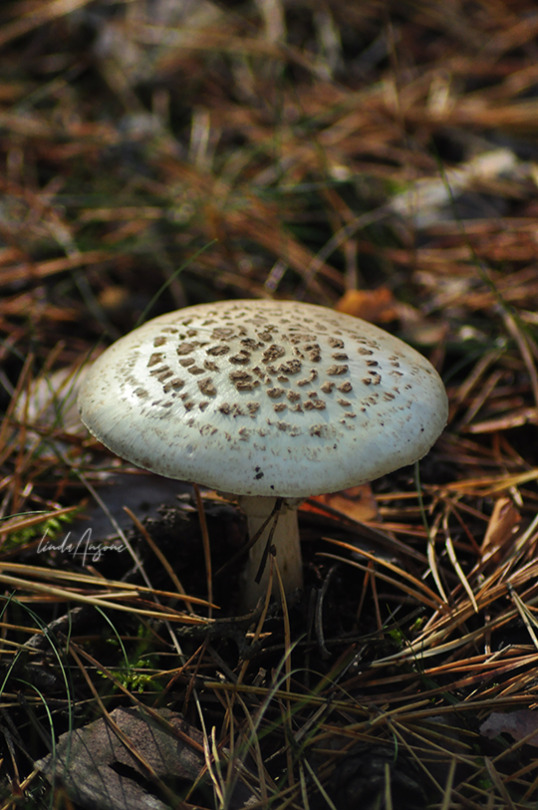
Amanita citrina
#amanita citrina#false death cap#mushrooms#fungi#mycology#mushroom photography#nature#naturecore#forestcore#forest floor#original photographers#photographers on tumblr
228 notes
·
View notes
Text
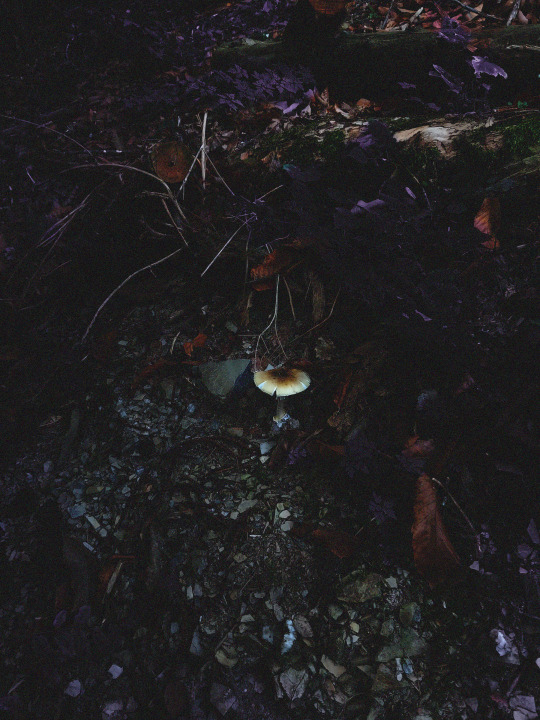
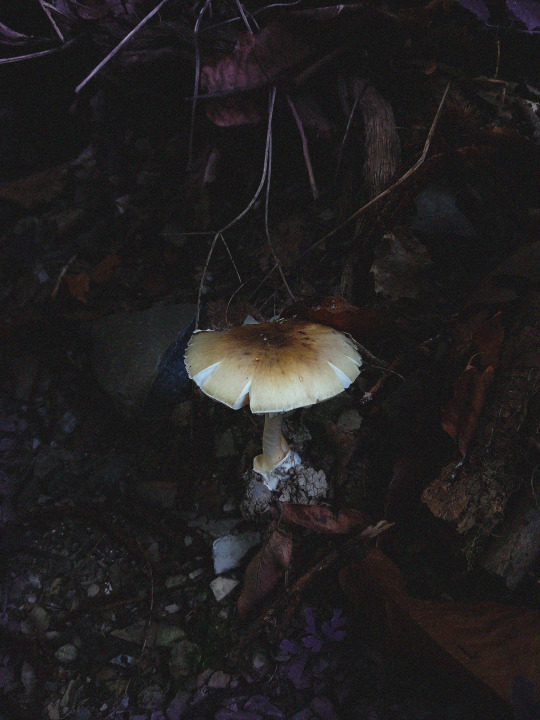
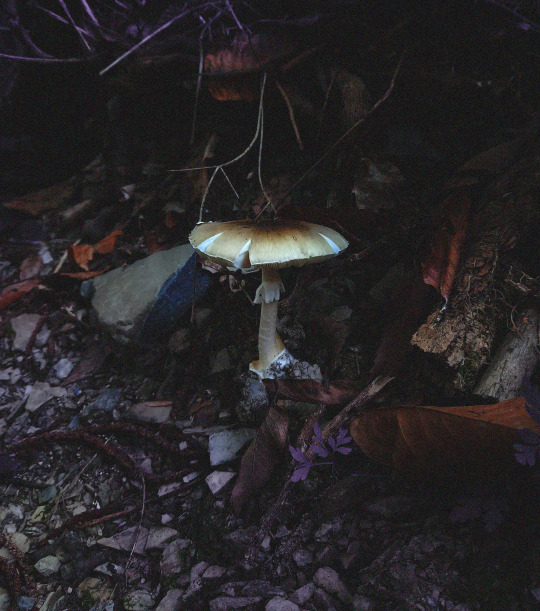
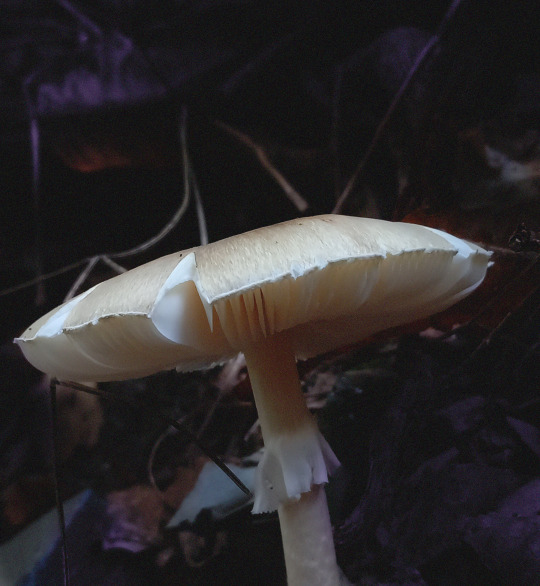

Amanita phalloides, commonly known as the death cap. It is one of the most poisonous of all known mushrooms.
Even very small fragments can be lethal (about 0.1 milligrams of fresh weight for every kilogram of weight of the person who ingests it), so about 7 mg for a 70 kg adult man; furthermore, the mushroom retains all its poisonous properties even after cooking, drying and freezing.
Found it today, 15 October 2023.
#original photographs#amanita phalloides#death cap#mushrooms#mushroomcore#fungi#mycology#foraging#autumn aesthetic#purple aesthetic#fairycore#dark fairycore#fairy aesthetic#fairy cottage#cottage witch#dark cottagecore#woods#forest#dark forest#forest floor#other#diary#studyblr#I found her!!!🥳🎉#it is not the destroying angel but I was also looking for this 🎉#Mary Katherine Blackwood likes this
202 notes
·
View notes
Text
amanita phalloides // death cap <3
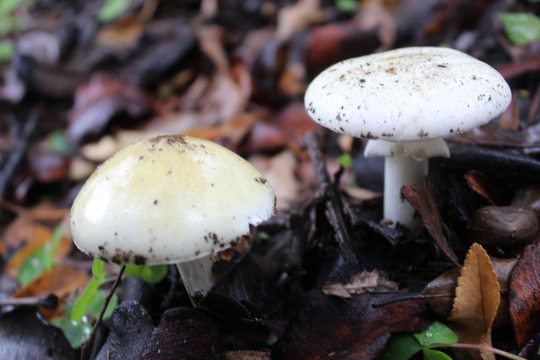

this is the first time i'm posting a picture of fungi that *i* took, so no need to cite my sources here B-) anyway, i found these at the start of winter with my brother. it was really freaking bizarre, since i've hardly found that many mushrooms in person, but i found literally the most poisonous mushroom we know of. you can imagine i was going insane (positive) !!
#• finn's mycophotography <3 •#[amanita phalloides]#: death cap :#||#fungus#fungi#mycology#mushroom#mushrooms#photography#my photography#nature#earth#biology#autism#special interest#foraging#poison#toxic
171 notes
·
View notes
Text
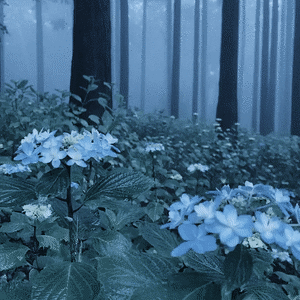






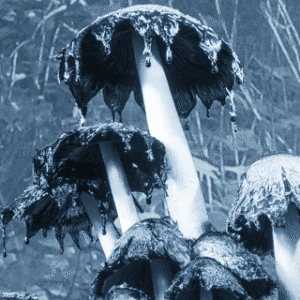
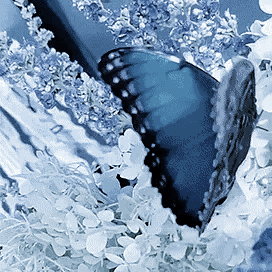
Emily Merrimack stimboard
×/×/× ×/× ×/×/×
#text#autismposting#stim#gifs#corpse bride#emily corpse bride#tim Burton's corpse bride#blue stim#dress stim#fancy stim#wedding cake stim#blue butterfly stim#blue flower stim#forest stim#nature stim#scenery stim#death stim#death tw#eerie stim#spooky tw#spooky stim#rot stim#decay stim#shaggy ink cap stim#mushroom stim#grave stim#hourglass timer stim#sand stim#wedding dress stim#my edits
41 notes
·
View notes
Text
Daily Fungi Fact 84: Alpha-Amanitin(the main toxin in the death cap mushroom(Amanita phalloides)) is resistant to heat, enzymes, and acid, it is also suspected that it is resistant to freezing and thawing because some guy died after eating a mushroom that was frozen for 7-8 months.
7 notes
·
View notes
Text



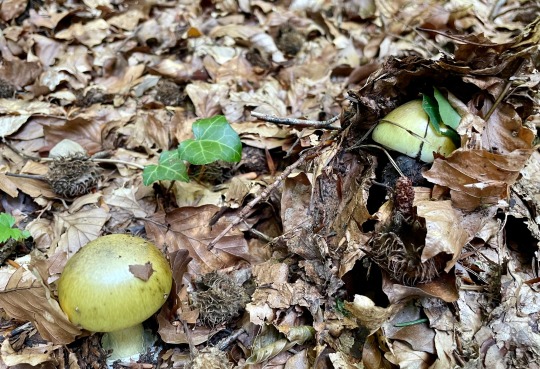
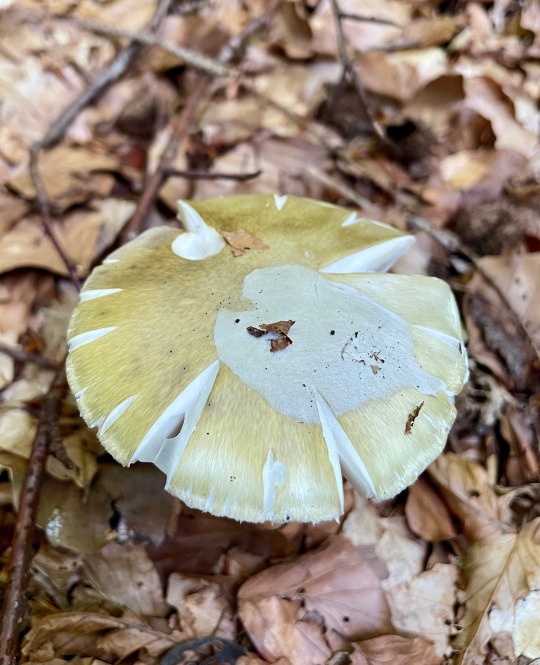

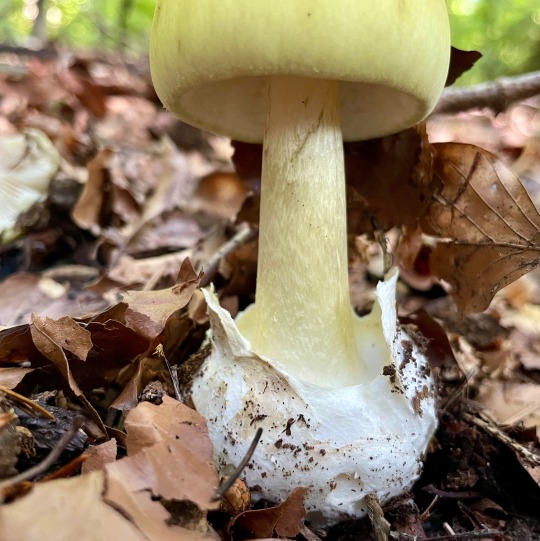
Grüner Knollenblätter Pilz, Amanita Phalloides, aka ,, death cap‘‘ 11.08.23
with all characteristics
#mushrooms#pilze#mycology#fungi#wild fungi#mushrooms switzerland#pilz#mushrooms of switzerland#pilzesuchen#basidiomycota#death cap#amanita#knollenblätter
82 notes
·
View notes
Text

#ainight#art#mushroomcore#artists on tumblr#mushrooms#mushroom art#artists of tumblr#death cap#death cap mushrooms#amanita mushrooms#amanita phalloides
3 notes
·
View notes
Text
Saw a tiktok about the different types of tiefling you can be in DND and here are my ideas
Lunar Moth tiefling, as a Cleric
Death face moth tiefling as a Necromancer
Maned Hyena tiefling, Barbarian
Ink cap Mushroom tiefling Rouge or monk for this one I see the cap as one of those straw hats and they'd have a bo staff
I'll have to draw these at some point I'll update you if I ever flesh out these characters
8 notes
·
View notes
Text

Don't Touch It!
pixel_dailies : mushroom : 6/23/24
BlueSky | Ko-fi | Upwork
#animation#pixel art#pixel artist#pixel art animation#looping animation#digital animation#digital art#2d animation#pixel dailies#artists on tumblr#mushroom#death cap#fungus#spore#deadly
17 notes
·
View notes
Text

The death cap is the world's deadliest fungus, responsible for 90 percent of the world's mushroom-related poisonings every year. Native to Europe, death caps have spread around the world over the past century.
PHOTOGRAPH BY YVES LANCEAU/NATURE PICTURE LIBRARY
#yves lanceau#photographer#nature picture library#national geographic#death cap mushroom#mushroom#fungi#fungus#europe#nature
26 notes
·
View notes
Text

@ghostbiter designed me a weird dog . everyone say hi to bassiditae!!!!!!!!!!!!!
58 notes
·
View notes
